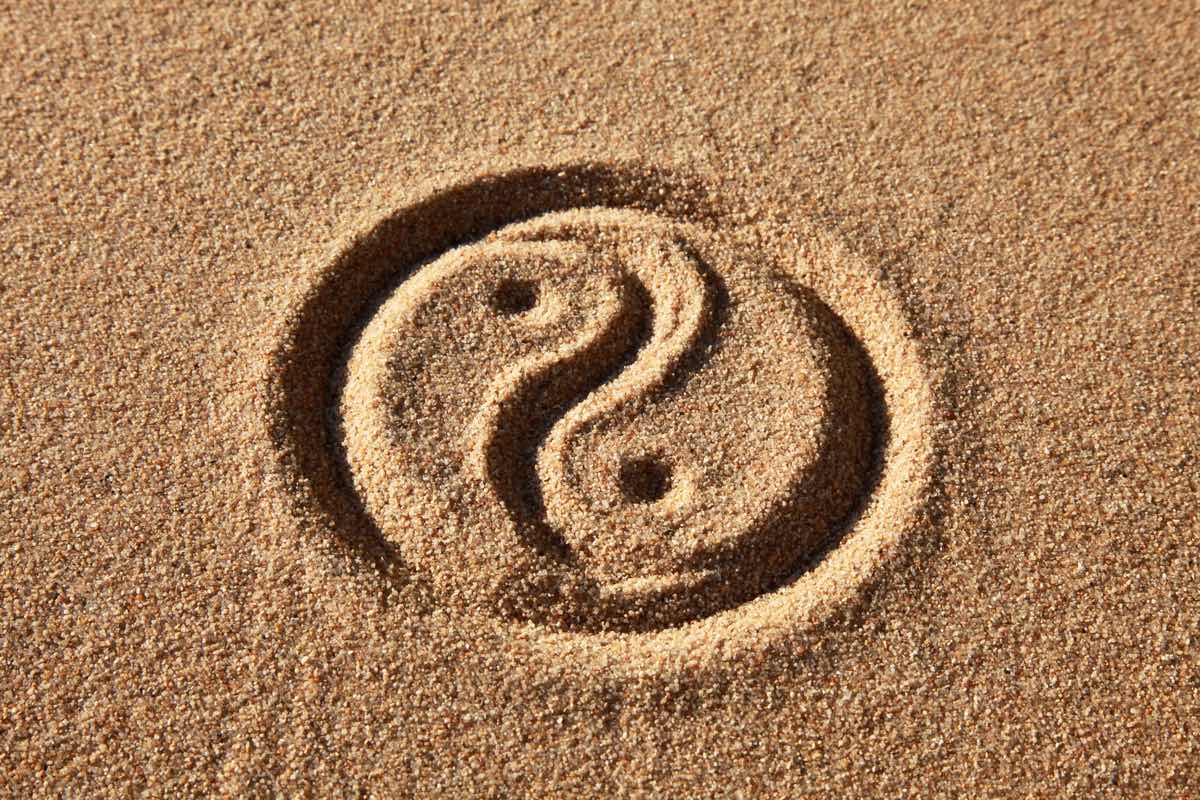
Winter is here. It comes as no surprise that the cold and damp weather means achy and painful joints and an exacerbation of arthritis.
Acupuncture and Chinese medicine have understood this seasonal phenomena for thousands of years.
According to acupuncture, cold and damp can become stuck in the joints disrupting the normal function and circulation which leads to pain.
Acupuncture and Chinese medicine work to warm the body and increase circulation leading to a decrease in pain. Warming the acupuncture points and acupuncture channels helps to dislodge the cold.
How can acupuncture warm the joints?
Natural diaphragm breathing does not draw air into your stomach, but rather contracts the diaphragm, causing the abdomen to rise and fall. This reduces the use of the intercostal muscles, which are much smaller and less efficient muscles, located in between the ribs. Chest breathing focuses more on the use of these intercostal muscles. So, it is actually less efficient than belly breathing.
Diaphragmatic breathing can be very helpful for those with insomnia, chronic pain, or lowering stress.
Breathing impacts and reflects the state of the body and the mind. When you are scared, excited, or nervous, you breathe faster. But when you are calm or sleeping, you breathe slower. It also works in reverse. By controlling your breath you can impact your state of mind. Breathing is the easiest involuntary functions to influence.
Patients who practice natural diaphragmatic breathing tell me they experience greater relaxation, more energy, and less pain, particularly in the back and neck. This technique can also help regulate your bowel movements. Because the diaphragm gently massages the digestive track.
Warming Herbs
There are many warming herbal formulas for treating pain and reducing inflammation. One of the most common formulas for back pain is Du Huo Ji Sheng Tang. This formula warms cold and dissipates dampness responcible for back pain.



